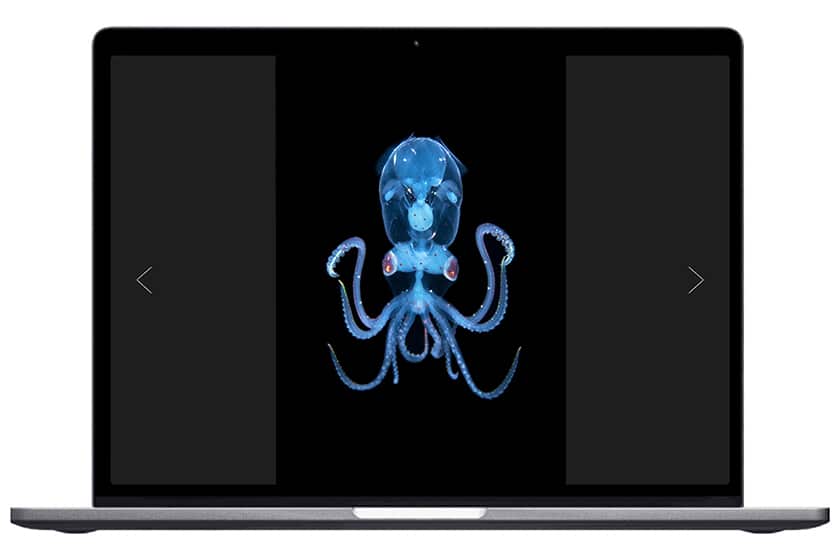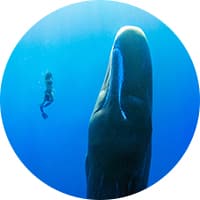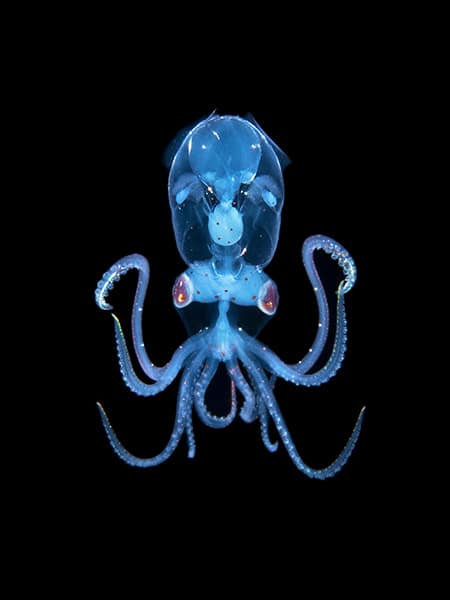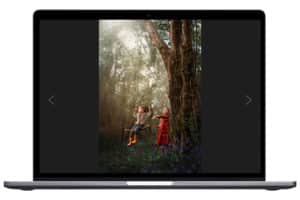Member Spotlight: KatSnaps – wildlife nature photography.
January 9th, 2023

We chatted with Zenfolio member Kat Zhou of KatSnaps about the making of one of her favorite blackwater photography images. A nature and travel photographer who focuses on wildlife, underwater, and landscape photography, her combination of interesting scientific details and bold, colorful images serve to showcase the joy she experiences creating her art. Kat is an expert in seeking out unique experiences around the world, and also runs a trip planning and travel consulting business, where helps clients learn new photography skills, experience bucket-list adventures, or can simply try something new.
The making of: a marine life portrait at night.
This photo depicts a sharpear enope squid, found on a blackwater dive (an ocean dive performed after dark) off the coast of West Palm Beach, Florida. Blackwater photography is my personal favorite form of photography, since you never know what you’ll find on a blackwater dive. Every few months, someone finds a never-before-seen species!
What makes a blackwater dive unique.
In terms of biomass, the largest synchronous migration in the world happens every night in our ocean, when trillions of critters move from the deep layers of ocean to the surface. Known as Diel Vertical Migration, this migration is led by zooplankton, tiny organisms that serve as a major food source for many marine animals. The zooplankton themselves feed on phytoplankton, which only live near the surface of the ocean. In an attempt to hide from their predators, zooplankton spend the day in the deep ocean, where light does not penetrate. At sunset, they move to the surface of the ocean to feed in the darkness of the night. This, as a result, draws all the creatures that feed on them toward the surface as well. When we scuba dive over deep water at night, we are able to see many creatures that live at extreme depths during the day. These creatures include many different kinds of zooplankton, larval fishes, mollusks, and more.
Prepping for an underwater shoot.
The gulf stream passes by Florida, 7 miles offshore from West Palm Beach, bringing all sorts of unique marine life to the area. We (the dive charter and divers) put many bright lights into the ocean to attract critters and jump in. I always use Nauticam brand underwater housing for my Nikon D850, Inon Z330 strobes, and BigBlue brand focus and spotting lights. Diving at depths between 20-90ft, we are suspended in “primordial soup,” and can see thousands of different species!
The thrill of the capture.
This is a photo I took on one of my first few blackwater dives. I was still new and getting the feel for this type of photography at the time, but I was so excited to see this squid doing its famous “crane pose” that I was incredibly proud of myself for getting a shot of it. This photo is one of the first decent blackwater photos I ever took, and it was a stepping stone toward my blackwater photography addiction. I travel to Florida a few times a year for blackwater diving, but have not found another enope squid since that day. Each time I dive, I hope to see another one and get an even better photo!
In terms of post-processing, blackwater critters tend to be extremely colorful on their own.These photos require very little editing other than removing some of the particulates in the water that may show up in the background of these photos.
You can see more of Kat’s blackwater photography on her Zenfolio portfolio website, or follow her adventures on Instagram.

Camera: Nikon D850
Lens: AF-S Micro NIKKOR 60mm F2.8G ED
Exposure: f/25, 1/250 sec, ISO 500, Center Weighted Average Metering
Where: 7 miles off the coast of West Palm Beach, Florida
Watch Kat’s fun and educational interview in episode 3 of Behind the Photo:



